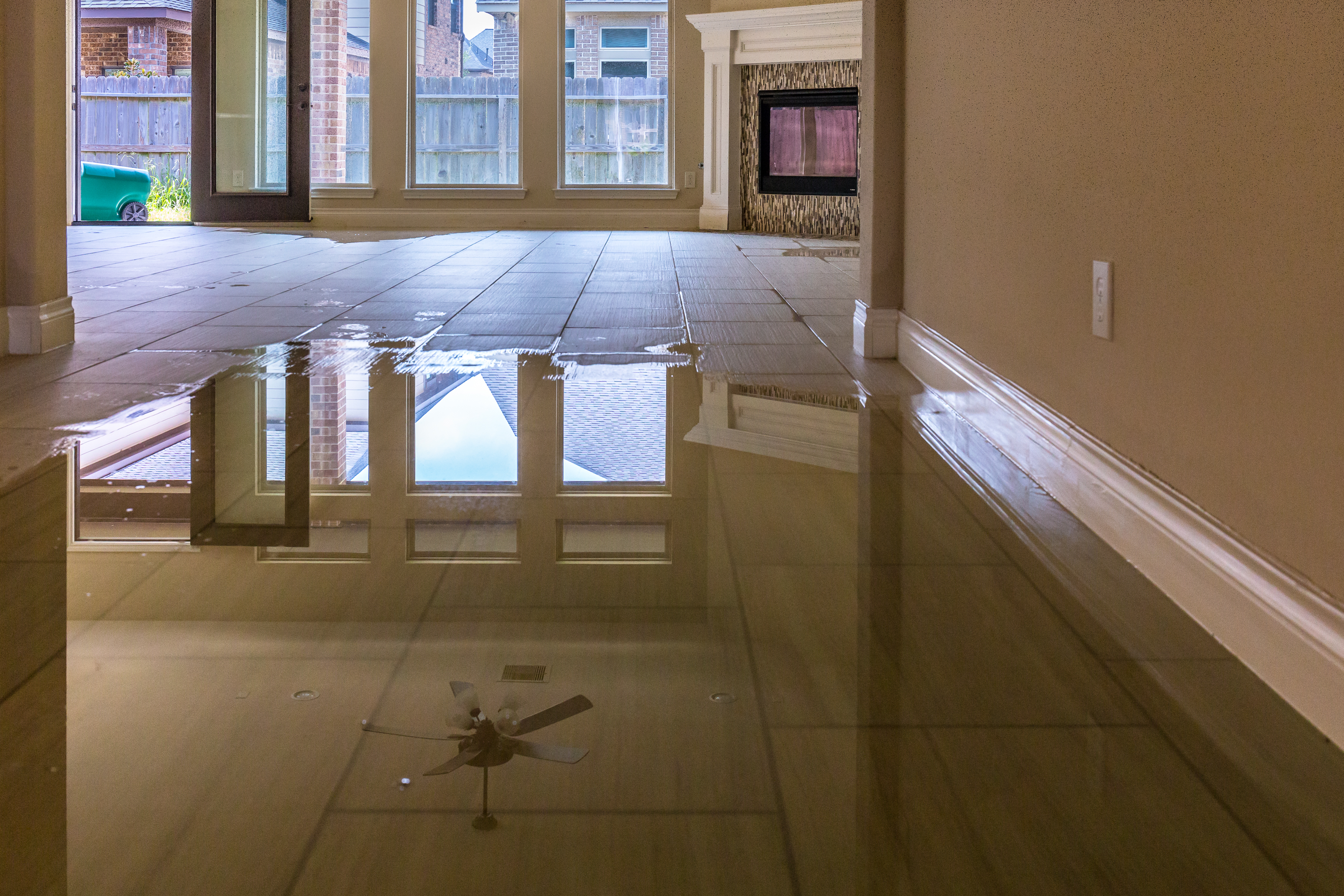We've unearthed this article relating to Preventing Water Damage in the Bathroom directly below on the web and decided it made good sense to relate it with you on my blog.

The restroom is very prone for wet buildup and potential water damage due to the frequent use of water in it. This article provides easy evaluation methods to assist finding water damages dangers.
The frequent use of water in the bathroom makes it extremely vulnerable for moist accumulation and possible water damages. By evaluating it consistently, you can lower water relevant problems.
The adhering to collection of assessments is simple to carry out and need to be done as soon as in every 3 months in order to keep your bathroom healthy as well as to avoid potential water problems brought on by the tub, the shower, pipe joints and also plumbing, sinks, closets, as well as the toilet
Do not forget executing these assessments and be thorough while executing them. Bear in mind that these simple inspections can save you a great deal of cash by offering very early indicators for water damage
Bath tub as well as Shower
The shower and bath tub need special interest and upkeep. Check the floor tiles and change if broken. See to it that there is no missing cement between the tiles. Check and change broken caulking at joints where the wall surfaces satisfy the flooring or the tub. Obstructed drains and also pipes troubles will protect against the bath tub from drying and also may show major troubles below the bath tub. Speak with a specialist right away to stop structural damages. Take note of stainings or soft areas around the tub wall surfaces as they may show an internal leakage.
Plumbing
Signs for water damage are difficult to detect considering that most pipes are mounted inside the walls.
Pay special focus to flooring as well as wall surfaces moisture as well as discolorations as they may suggest an unseen plumbing problem. Inspect dampness levels in adjoining areas too.
Sinks and Cabinets
Sinks as well as closets are exposed to wetness and also moisture daily as well as are usually neglected. Check consistently under the sink as well as on the countertop over it. Repair any drip in the trap as it may suggest drain issues. Check out the sink, slow draining pipes may suggest an obstructed drainpipe. Change sink seals if they are cracked or loose.
The Bathroom
The commode is a susceptible water joint. Inspect the water lines and also look for leakages around the commode seat, in the hose, and under the water storage tank. If you find any kind of indicators of wetness on the floor around the bathroom, look for leakages in the toilet edge and also container seals.
Realize that hanging commode dish antiperspirants increases the chances for clogs.
Water Damage Signs In The Bathroom To Avoid Cleanup
Musty smell
This is one of the easiest signs to catch because musty smells are so odorous. The damp, earthy, moldy smell should be a big red flag. The smell will develop when moisture gets trapped in surfaces, and begins to facilitate mold growth. Leaking pipes under cabinets, inside walls, and behind shower fixtures will cause moisture to stay trapped and not dry, which will lead to mold growth and spread. As soon as you notice any musty smells in your bathroom, have it checked for hidden water damage and cleanup signs.
Visible mold
If the smell isn’t there to give it away, sometimes you will actually see mold growth. Finding mold in your bathroom is a serious problem, because mold is very harmful to your health. By the time mold growth is visible, it also means that water damage has already occurred and been present for some time. The only way the mold problem can be resolved is to find the source of the moisture and get it stopped. To safely and adequately remove mold, you need to have professionals handle the remediation. Do not waste any time in getting mold problems addressed, fixed, and sanitized so that you can protect you and your family from the many respiratory symptoms caused by mold exposure.
Damaged floors
Bathroom floors should be able to withstand some exposure to water while still remaining in good condition. However, when excess exposure or water leaks occur, they will begin to damage even the most water-resistant flooring. If you notice any cracking, bubbling, staining, or warping on your bathroom floors, there is probably a water leak somewhere causing the distortion. If you notice areas of the floor have become softer, or even have a spongy feeling, there is probably damage to the subfloor. Subflooring is typically made up of plywood. When plywood is exposed to water or moisture, it will absorb it. Once it has become saturated, the weight of the excess water will cause the wood to swell and soften. Check the floors in your bathroom frequently to catch any of these sings before they lead to damaged subflooring.
Changes on walls
When water leaks behind walls, it will cause changes in the drywall. Peeling plaster, blistering paint, and soggy wallpaper are all good indicators that excess water is building up behind the wall. Water leaking behind drywall will cause it to swell and be soft to the tough. If you start to notice gaps along the trim of your walls, or where tile meets the wall, it could also be a strong indicator that there is a leak behind the wall. Any changes, distortion, or damage on the walls should be evaluated as soon as you notice it to prevent further water damage and cleanup.

I'm just very interested in How to Repair and Prevent Bathroom Water Damage and I am assuming you appreciated our post. Are you aware of anybody else who is in the market for the subject? Be sure promote it. I enjoy reading our article about How to Prevent Bathroom Water Damage.
Rates